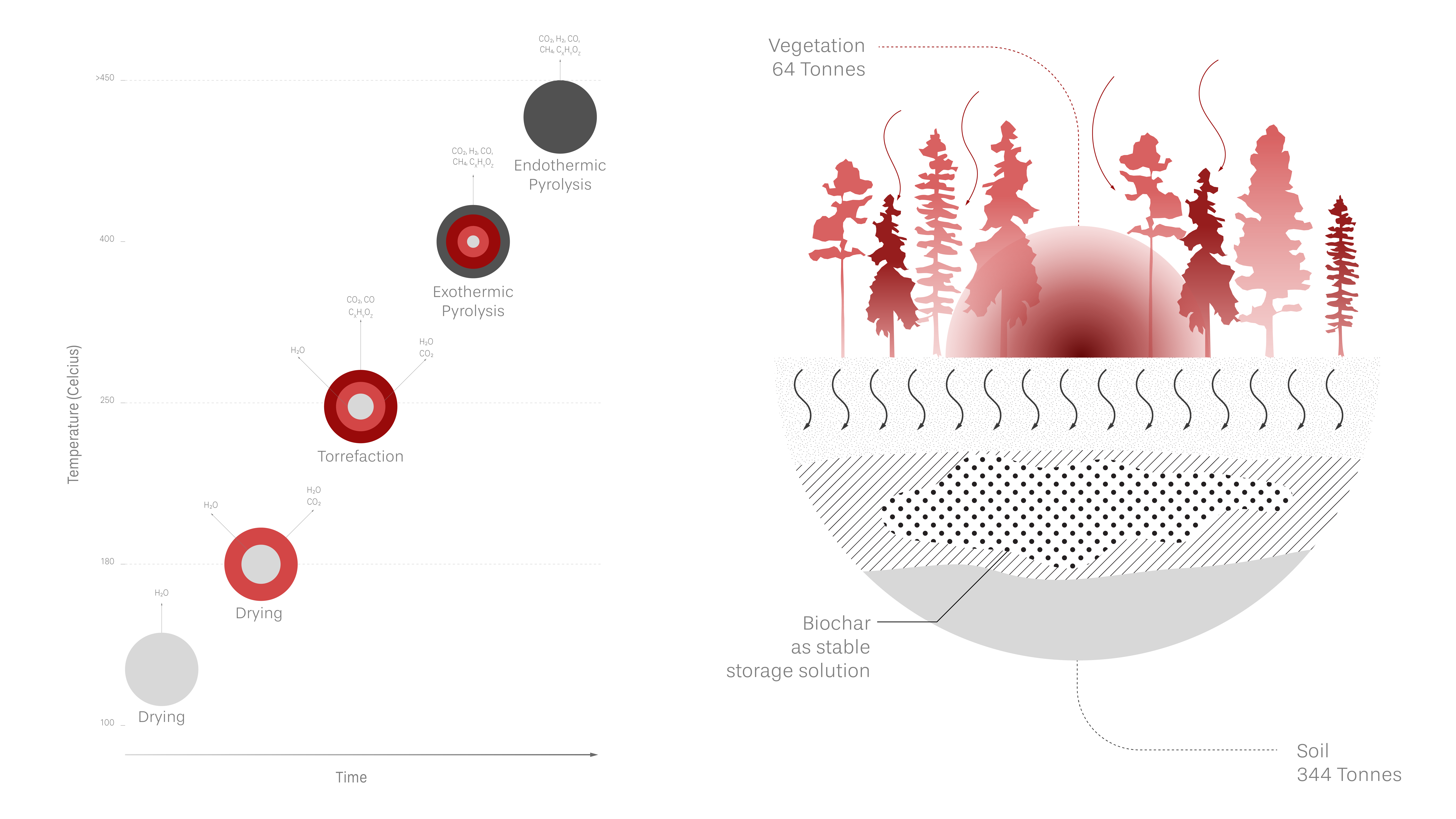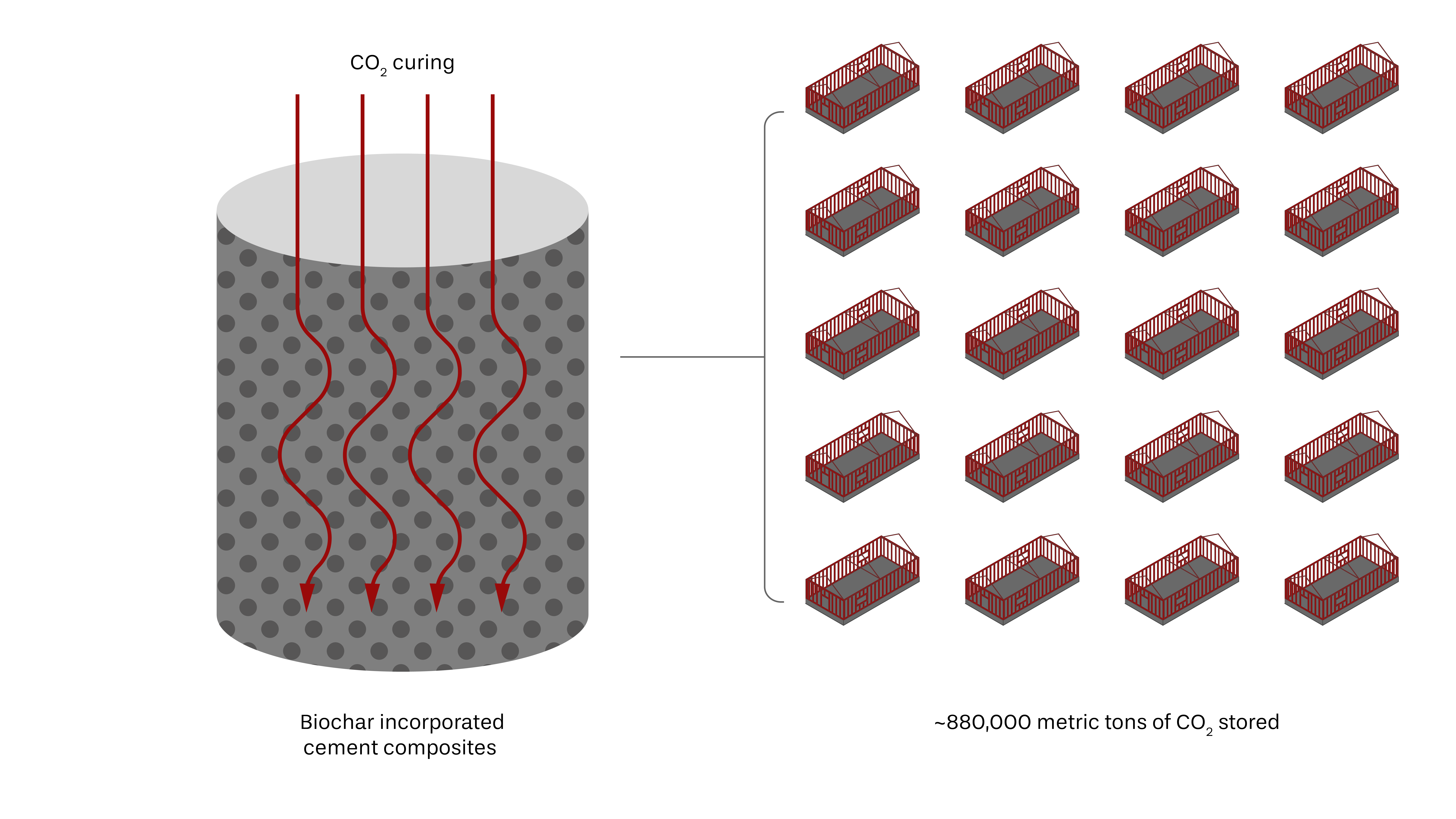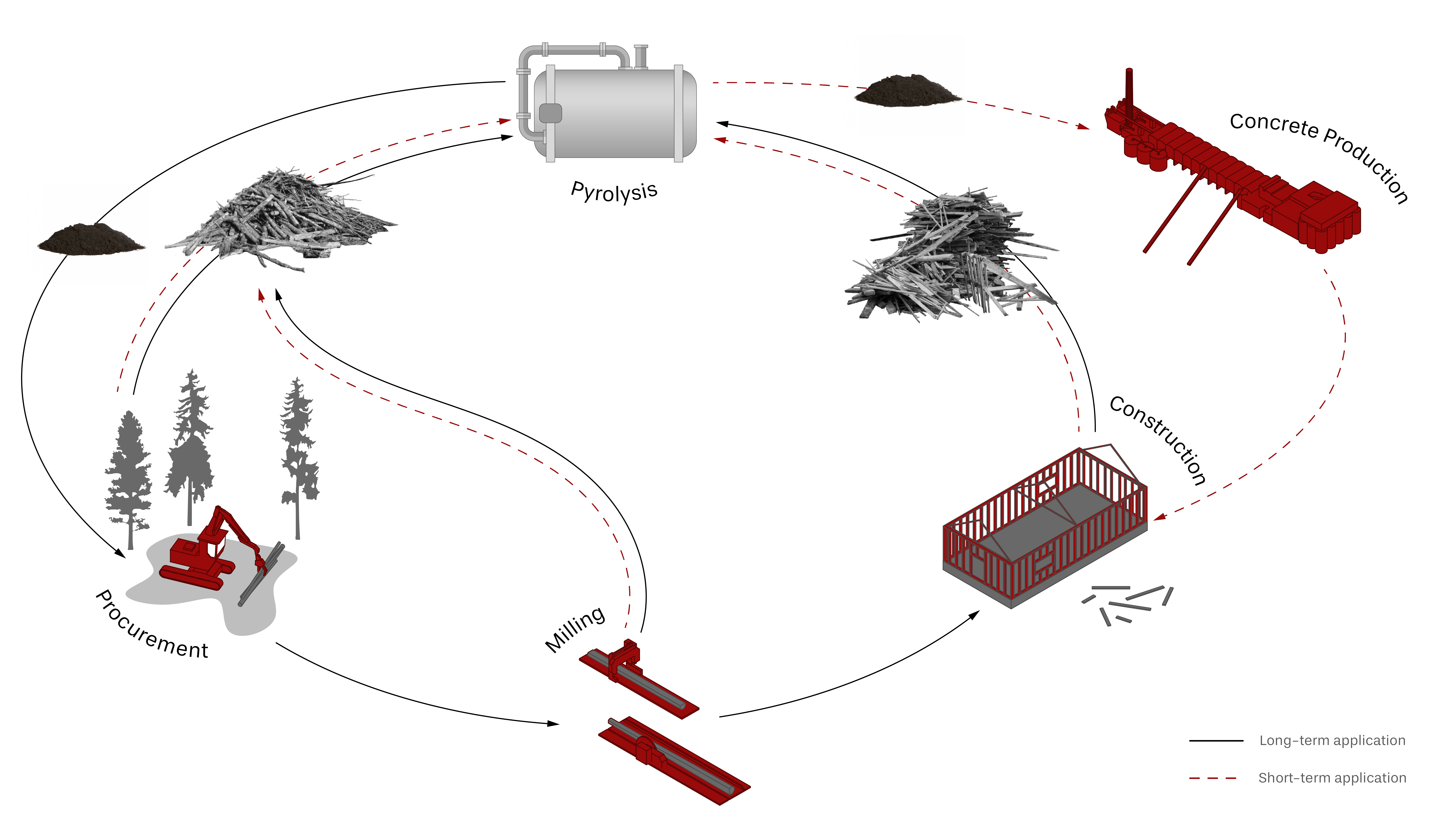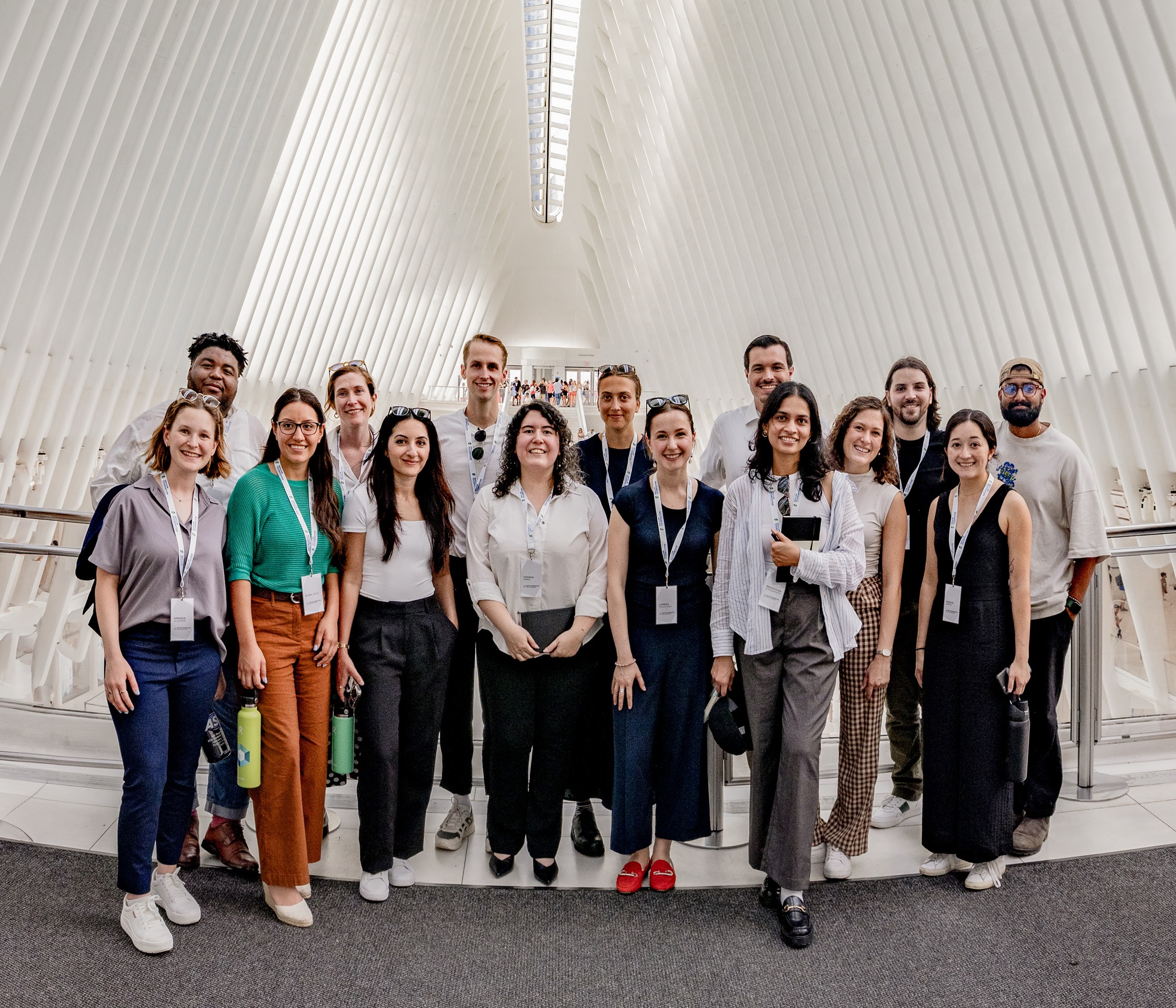
03.10.24 - Q&A: MLA student Matt Arnott on his recent Holcim Foundation Fellowship and sustainability in the built environment
“The most valuable tool in addressing the climate crisis is collaboration,” says Matt Arnott, reflecting on his time as a 2024 Holcim Foundation Fellow.
Now a third-year Master of Landscape Architecture (MLA) student, Arnott traveled to New York City this past August to participate in the inaugural Holcim Foundation Fellowship in North America. Focused on the theme “Decarbonization at Scale,” the competitive two-week program brought together participants from architecture, engineering, urban planning and landscape architecture to tackle pressing sustainability challenges.
Read on to learn more about his experience creating connections, designing beyond neutrality, and how he plans to incorporate this knowledge into his final year of the MLA program.
How did you first learn about the inaugural Holcim Foundation Fellowship? What inspired you to apply?
I found the fellowship through an Instagram story. I felt the theme was of great importance. As the pressures of the climate crisis continue to compound, I feel the role of the designer must adapt, placing the socioecological impacts of our work at the fore.
Tell us a bit more about your experience over the summer.
The fellowship was incredibly enriching. By engaging with workshops, lectures and site visits, we were exposed to the numerous angles that you can frame sustainability. Some of my highlights include a trip to the Parsons Healthy Material Lab where we explored ecologically and health-conscious alternatives to traditional building materials; a visit to the future site of the New York Climate Exchange led by representatives from SOM who emphasized the role of landscape in sustainable design; a salvage material reuse workshop facilitated by ARUP; and examining socially responsible approaches to sustainability at Henning Larsen.
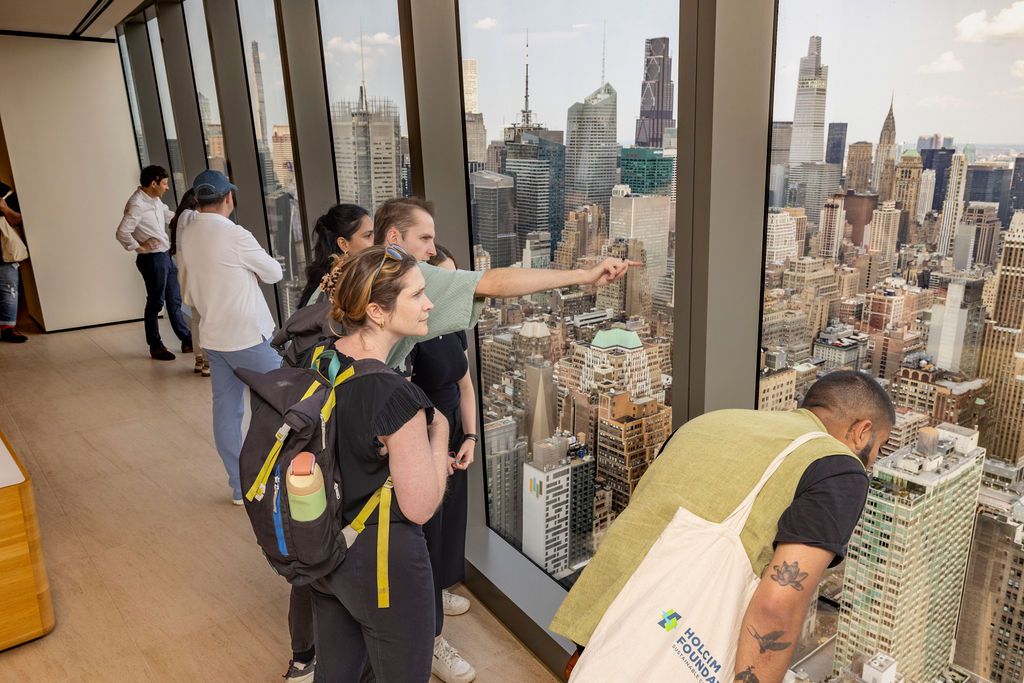
The Fellowship’s central theme was “Decarbonization at Scale.” How has it impacted your perception of sustainability in the built environment?
I feel that as designers we have the unique opportunity to shape how we care for and engage with our surrounding environments. Sustainability has always been something near and dear to my heart, however, the ways that we can engage with sustainable design have always felt vague to me. The fellowship offered an opportunity to bridge this divide, giving firsthand and tangible insight into the most current approaches to tackle the layered challenge(s) of climate resiliency.
In speaking with professionals navigating the complex world of sustainability within the (L)AEC industry, I could develop an actionable tool kit for sustainable design. I was encouraged to challenge the unwavering industry standard, framing the design process as an opportunity to be ecologically beneficial—not just neutral. Most importantly, the fellowship made clear that no one person alone can tackle the issue of sustainability—the most valuable tool in addressing the climate crisis is collaboration.
How do you plan to incorporate what you learned into your future projects?
During the fellowship, we were asked to explore themes of decarbonization as they relate to our individual research interests. In preparation for my thesis this coming year, I had the opportunity to study forestry management systems as they relate to the increasing threat of wildfires with Professor Robert Wright. During the fellowship, I was exposed to the industry of carbon dioxide removal (thanks to Professor David Benjamin of Columbia GSAAP). The industry seemed aligned with my previous research and I was curious about what potential synergies existed.
As we developed our research project throughout the course of the fellowship, I was given the time, space, and support to flesh these ideas out further. (If you’re interested, snippets from all of the fellows’ research projects can be found here.) Moving forward, I hope to integrate the work from the fellowship into potential design strategies for my thesis!
Arnott's fellowship research project (images above) looked at the scalable potentials of biochar. Here, it was argued that through engaging with both short- and long-term interventions, biochar appears as a key tool in the pursuit of decarbonization and an even more vital agent in the process of carbon dioxide removal. By leveraging instances of oversight in larger supply chains and the remnant materials found following wildfires, adaptable land-based solutions can be created bringing the industry closer to its goals of net zero.
What advice would you give to future students considering applying for this fellowship or similar opportunities?
Apply! Apply! Apply! The people you’ll meet along the way will become valuable connections and friends. Walk into each experience with open eyes and ears, allow conversations with those outside of your field to highlight gaps in your knowledge, and be open to change!


